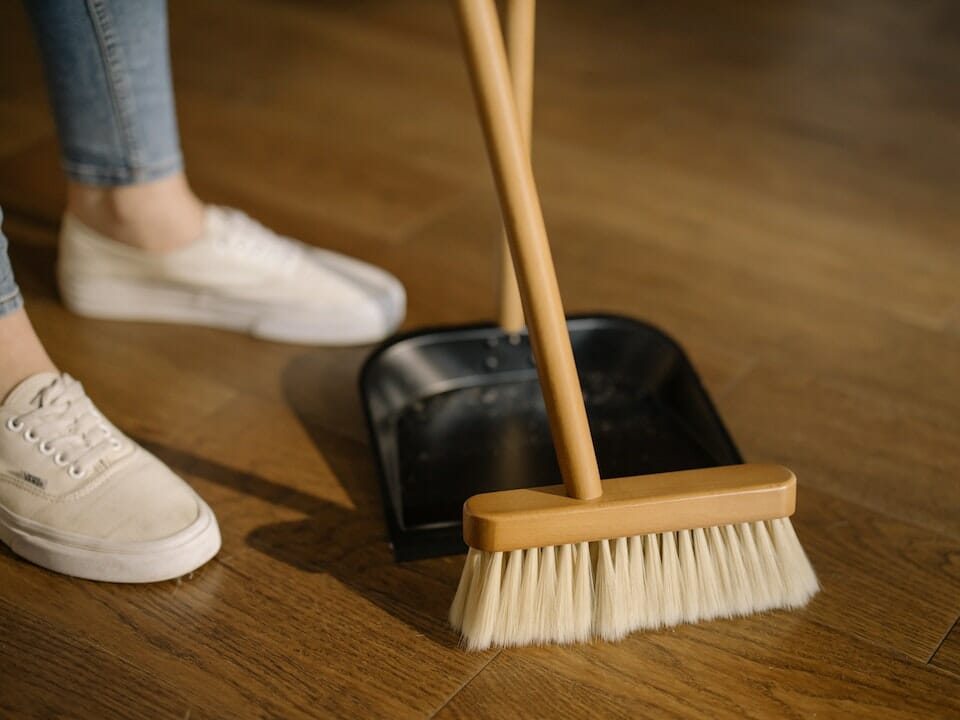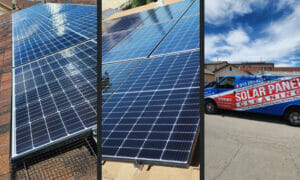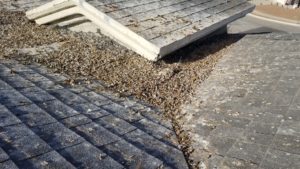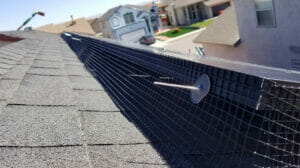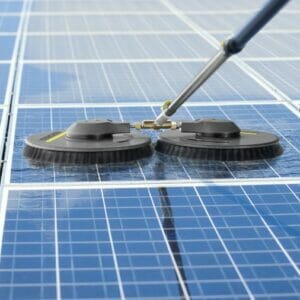Sanitizing and Cleaning are Not the Same
Introduction
It’s no secret that the cleaning and sanitation industry is booming. It’s one of the fastest-growing segments in the U.S. economy, with an estimated $100 billion annual revenue by 2020. But you may wonder whether there’s a difference between “sanitizing” and “cleaning.”
You’ve probably heard both terms used interchangeably; however, there are distinct differences between them that should be understood before choosing which cleaning service provider to hire:
Sanitation – The process of removing dirt, germs, and other contaminants from an area so that health risks are minimized or eliminated
Cleaning – The process of using chemicals or other substances to remove dirt from surfaces (i.e., wiping down countertops)
While these two processes do overlap at times (for example, when someone sprays bleach all over their house), they still require separate steps for effective cleaning and sanitation—and both need to be performed regularly to maintain a healthy environment for everyone who lives in the home! Let’s take a closer look at how each works so you can choose the best option for your needs:
Cleaning is the removal of dirt and soil.
Cleaning is the removal of dirt and soil. It’s a process that removes contaminants from surfaces, including hard floors and walls, upholstery, carpeting, and rugs. Cleaning can also refer to more general cleaning services such as mopping floors or vacuuming carpets.
When you hire someone to clean your home for you (whether it’s through professional cleaners or do-it-yourself), they’ll use specific tools designed for cleaning purposes, like vacuum cleaners or mops with brushes attached at one end that are used to scrub away dirt particles from surfaces like tile floors or countertops to remove stains while leaving behind residue so they won’t get stuck back on themselves again later on down the road when these areas have been exposed too long without being properly maintained beforehand first hand before being put back into use again later down further down yet another road where there hasn’t been much success yet even though now everything seems fine except maybe one thing out there somewhere but nobody knows where exactly).
Also Read: Why is it important to have Clean Solar Panels?
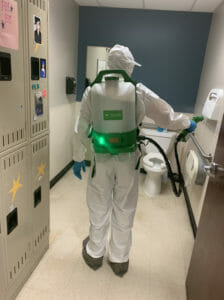
Sanitizing kills bacteria via a chemical.
Sanitizing is a chemical process that kills 99.9% of bacteria and viruses, but it’s not the same as cleaning. Sanitizing and cleaning is the process of removing harmful substances from surfaces or objects. Using chemicals to sanitize a surface can expose you to a harmful residue that remains on your hands and clothes and can be hazardous if ingested.
Sanitizing does not mean disinfecting; disinfecting means using chemicals that destroy all forms of microorganisms on surfaces/objects/people’s bodies (including fungi).
Sanitizing procedures kill 99.9% of bacteria but may not be effective against some viruses.
Sanitizing procedures kill 99.9% of bacteria but may not be effective against some viruses. Viruses can be more resistant than bacteria to most surface disinfection procedures because they grow inside host cells and don’t require the same amount of moisture or oxygen as bacteria do to survive.
To be sure that a surface is clean enough for you to use again, we recommend using a virucidal cleaner against viruses living on surfaces (like flu virus). Unfortunately, natural viruses constantly evolve into new strains resistant to our antibiotics, so we need new ways of combating them yearly!
Disinfectants contain chemical ingredients and are registered with the EPA as disinfectants.
To be clear, you can use a disinfectant to kill bacteria, viruses, and mold. But it will not kill mildew or dust mites.
Disinfectants contain chemical ingredients and are registered with the EPA as disinfectants. They’re used to kill bacteria on surfaces with the potential for infection (like your hands after washing them). Disinfecting agents commonly include alcohols like ethanol or isopropyl alcohol; quaternary ammonium compounds like cetylpyridinium chloride (CPC) and ethylene oxide; iodine compounds such as iodine tincture; hydrogen peroxide solutions in concentrations of 5%–15%; benzalkonium chloride at concentrations of 0.01%–0.03% by weight; chlorine dioxide at concentrations from 0.1 ppb up to 1%, depending on what type of surface you’re cleaning; ozone generated from exposure to ultraviolet light through either natural sunlight or artificial fluorescent lighting systems such as germicidal lamps
Virucides are chemical ingredients effective against viruses in “laboratory testing conditions.”
Virucides are chemical ingredients effective against viruses in “laboratory testing conditions.” It’s important to note that virucides are not the same as sanitizers and cleaners. Virucides kill certain types of bacteria but do not kill all bacteria or viruses.
If you’re looking for a product with disinfectant and sanitizing properties, look for one with an EPA-registered active ingredient called Cetylpyridinium Chloride (CPC). CPC has been shown in laboratory studies to be effective at killing E. coli O157:H7 on food contact surfaces like utensils and cutting boards within 2 minutes of exposure; it also removes most non-fatal Salmonella infections within 48 hours after contact with raw chicken meat
As a general rule, viruses are more resistant than bacteria to most surface disinfection procedures; therefore, it is important to use a virucidal cleaner against viruses living on surfaces.
As a general rule, viruses are more resistant than bacteria to most surface disinfection procedures; therefore, it is important to use a virucidal cleaner against viruses living on surfaces.
The only way to kill all the germs on your hands and body is by using soap and water. However, this method does not work with viruses because they cannot be washed away with soap or water alone. Viruses need special cleaners that kill them before they can infect you!
Electrostatic sprayers utilize negative ions and electrostatic fields that wrap around surfaces.
Electrostatic sprayers utilize negative ions and electrostatic fields that wrap around surfaces. These machines use a rotating shaft to propel the water or soap, which can sanitize food surfaces, clothes, and other materials. The use of these devices has been proven effective against many types of pathogens, including bacteria, viruses, and mold on various surfaces, including hard surfaces such as glassware or plastic containers; soft surfaces like fabrics; non-porous items such as paper towels (the “microfiber” industry); porous items such as cardboard boxes; etc.
However, there are some pathogens that these devices cannot kill, including certain strains of salmonella enteric serovar Typhimurium (SENT), E Coli O157:H7 & other strains known to cause illness when ingested raw or uncooked.
You should choose your sanitizing product carefully and follow the directions precisely to ensure maximum effectiveness.
When it comes to cleaning, the main thing you should be doing is reading the label on your product. This will help you determine whether or not it’s safe for food contact surfaces and how much water is needed for maximum effectiveness. If a product says “rinse,” don’t use more than a half-cup of water at a time!
Any harsh chemicals in your sanitizing agent (such as bleach) may cause staining or discoloration of some plastics. In this case, you can choose another sanitizer that doesn’t contain bleach if possible; otherwise, do it with extra rinses after cleaning to avoid damaging your equipment.
Conclusion
If you are looking for sanitizing products, we suggest choosing a product tested and approved by the EPA. However, if you decide to use an alternative product, hire a professional company with well-trained sanitizing staff in El Paso, Texas, that follows the manufacturer’s directions carefully. If a specific cleaner is unavailable in your area or cannot be found at your local store, try calling the manufacturer directly.

